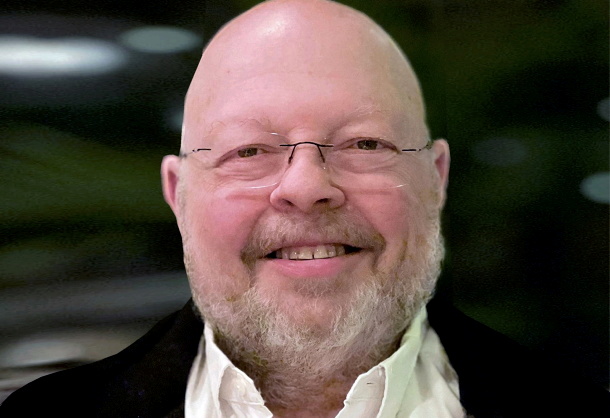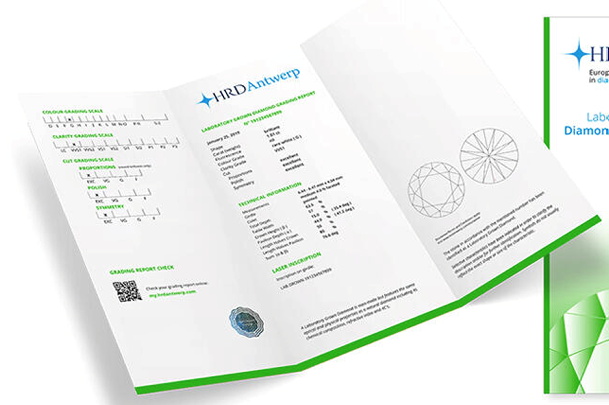
The World Jewellery Confederation (CIBJO) is set to reverse a decision made in 2010 – and insist that non-natural diamonds are labelled as “synthetic”.
It says the terms “laboratory-grown” and “laboratory-created” should be removed from the Diamond Blue Book – the de facto standard for diamond terminology, grading and trade practices – and from all relevant ISO Standards.
In addition, the 4Cs grading system should be used only for natural diamonds (as the GIA is now doing).
Udi Sheintal (pictured), president of CIBJO’s Diamond Commission, said the original acceptance of lab grown terminology had been well-intentioned, but proved to be misplaced.
“At the time, we believed we were acknowledging a commercial reality and extending a constructive hand to a new segment of the industry,” he said, in a special report ahead of the 2025 CIBJO Congress in Paris at the end of October.
“We hoped for a spirit of cooperation, with shared standards, ethics and transparency.”
But he said many in the synthetic diamond sector — along with some grading laboratories and major retail chains – took advantage of that inclusive approach.
“In addition, the marketing narrative around synthetic diamonds has been aggressively shaped to position them as the more ethical, sustainable, and conflict-free choice, almost always without substantiation.”
He also called for greater transparency, requiring that all descriptions and marketing of synthetic diamonds reflect the reality of their origin: they are not grown or created in a “laboratory,” but rather are manufactured in industrial facilities through artificial processes.
Source: IDEX


